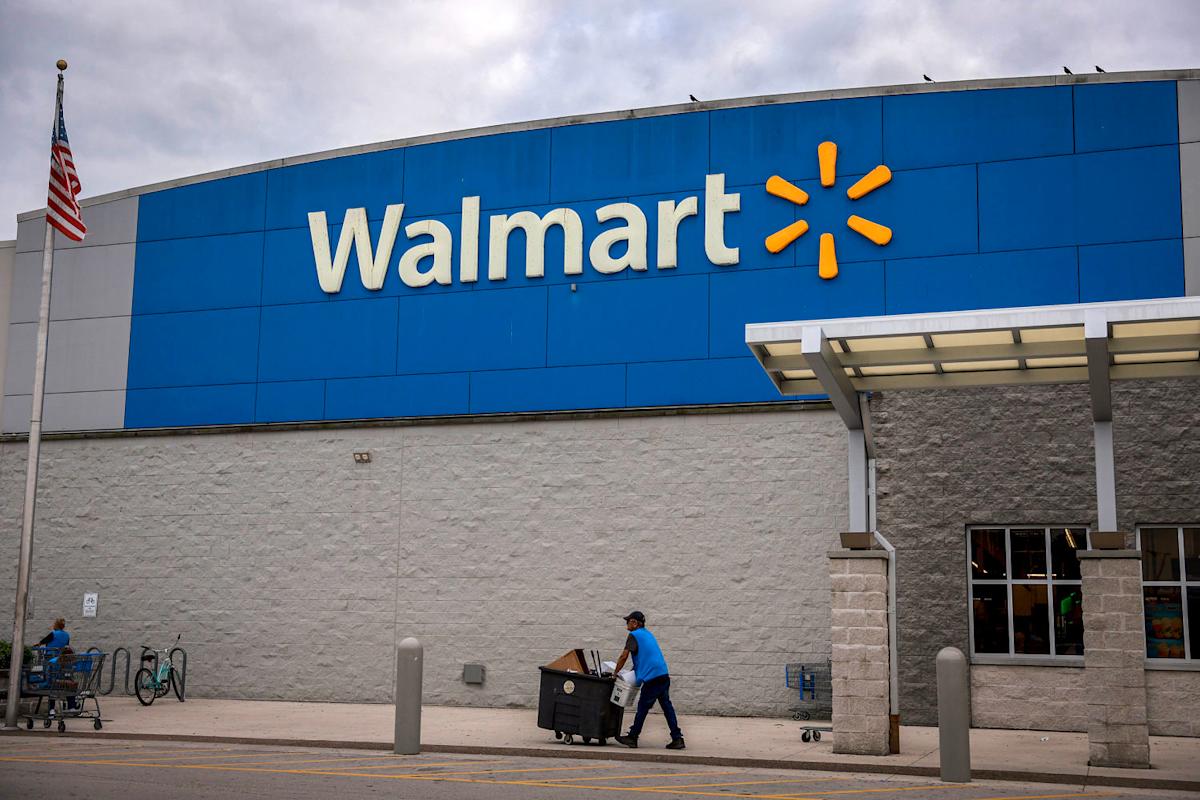The retail industry in America is experiencing a seismic shift as Walmart, the nation’s largest retailer and a beacon of affordable shopping, announced significant price increases across multiple product categories due to President Trump’s tariff policies. This development marks a pivotal moment for American consumers who have long relied on Walmart’s commitment to everyday low prices.
In May 2025, Walmart’s executives delivered sobering news during their quarterly earnings call, revealing that the company could no longer absorb the mounting pressure from import duties. Chief Financial Officer John David Rainey emphasized the unprecedented nature of these changes, stating that the “rapidity and scale of the impending price increases” represent uncharted territory for the retail giant. The announcement was sent through the retail sector, with Walmart’s stock dropping 2.3 percent in early trading as investors grappled with the implications.
The tariff structure implemented by the Trump administration has created a complex web of additional costs that even Walmart’s massive scale cannot fully mitigate. While the company successfully negotiated a temporary reduction in Chinese import duties from higher levels to 30 percent, this still represents a substantial burden. Additionally, a blanket 10 percent tariff on goods from other nations has compounded the pressure on pricing strategies.
What makes this situation particularly significant is Walmart’s role as a bellwether for American consumer health. With approximately 255 million customers shopping at Walmart locations and online each week globally, and about 90 percent of the U.S. population residing within a 10-mile radius of a Walmart store, the company’s pricing decisions have far-reaching implications for household budgets across America.
Affected Products and Categories
The price increases are not uniform across Walmart’s vast inventory, with certain categories bearing the brunt of tariff-related cost pressures. Electronics and toys represent the most significantly impacted segments, as a substantial portion of these items originates from China. CEO Doug McMillon specifically highlighted that toys and electronics face particular pressure due to their heavy reliance on Chinese manufacturing.
Fresh produce and food items are also experiencing upward price pressure, though from different sources. Tariffs imposed on countries like Costa Rica, Peru, and Colombia have affected the costs of imported goods, including bananas, avocados, coffee, and roses. This demonstrates how the trade policies extend beyond traditional manufactured goods to impact everyday grocery items.

Furniture and home goods represent another category facing increases, with executives noting that items like car seats manufactured in China could see price jumps of up to $100. The scope of affected merchandise reflects the global nature of modern retail supply chains and Walmart’s dependence on international sourcing despite having approximately one-third of its U.S. offerings produced domestically.
Timeline and Implementation
Walmart’s price adjustment timeline became clear through executive communications in May 2025. The company indicated that consumers could expect to see initial price increases as early as late May, with more substantial changes occurring throughout June. CFO John David Rainey warned that the impact would be particularly noticeable during the back-to-school shopping season, when demand for electronics and other imported goods typically peaks.
The implementation strategy reflects Walmart’s attempt to balance competitive positioning with financial reality. The company emphasized its commitment to maintaining the lowest possible prices relative to competitors while acknowledging the mathematical impossibility of absorbing all tariff-related costs given the thin margins characteristic of retail operations.
Consumer Impact and Market Response
Real-world evidence of these price increases has begun appearing across Walmart stores nationwide. Social media posts from Walmart employees have documented dramatic price jumps on specific items, with some products experiencing increases of 38 to 45 percent. Notable examples include a Jurassic World T. Rex toy jumping from $39.92 to $55, representing a nearly 38 percent increase, and a Baby Born doll rising from $34.97 to $49.97, marking a 43 percent jump.
These increases extend beyond Walmart, with rival retailer Target also implementing similar price adjustments on comparable items. The broader retail sector is experiencing parallel pressures, with companies like Birkenstock announcing worldwide price increases to offset the 10 percent U.S. tariff on European Union-produced goods.
The consumer response has been mixed, with spending patterns already showing signs of adjustment as households adapt to higher costs for essentials and groceries. Consumer sentiment declined for four consecutive months through April 2025, reflecting the cautious approach many Americans are taking toward discretionary spending.

